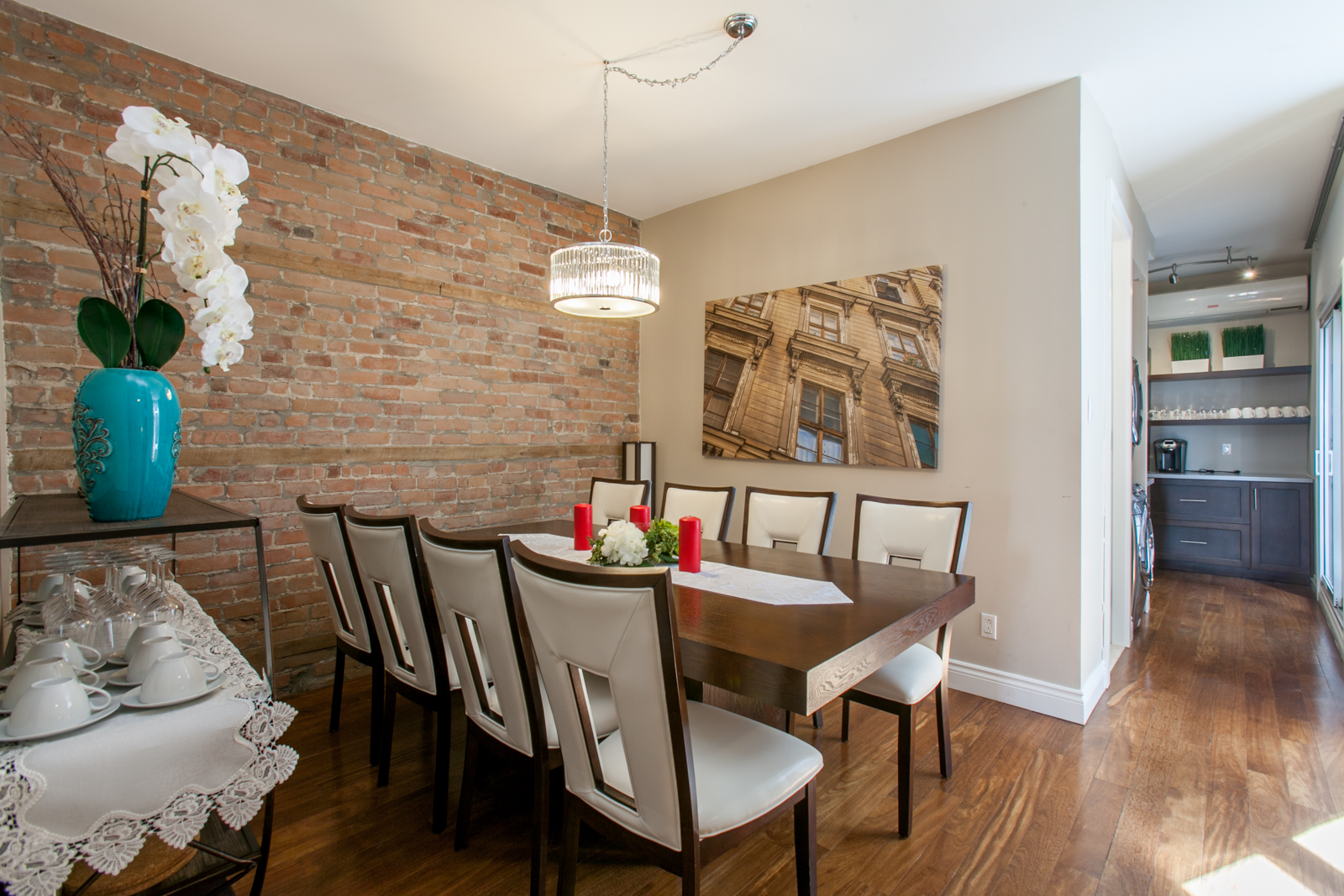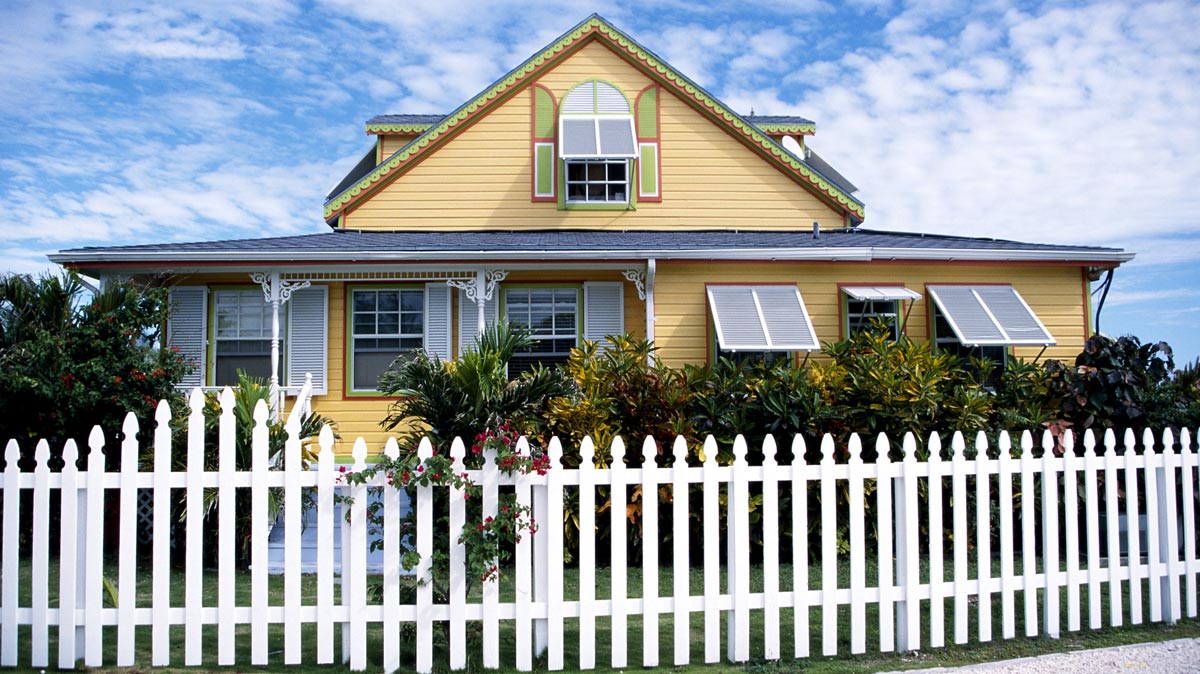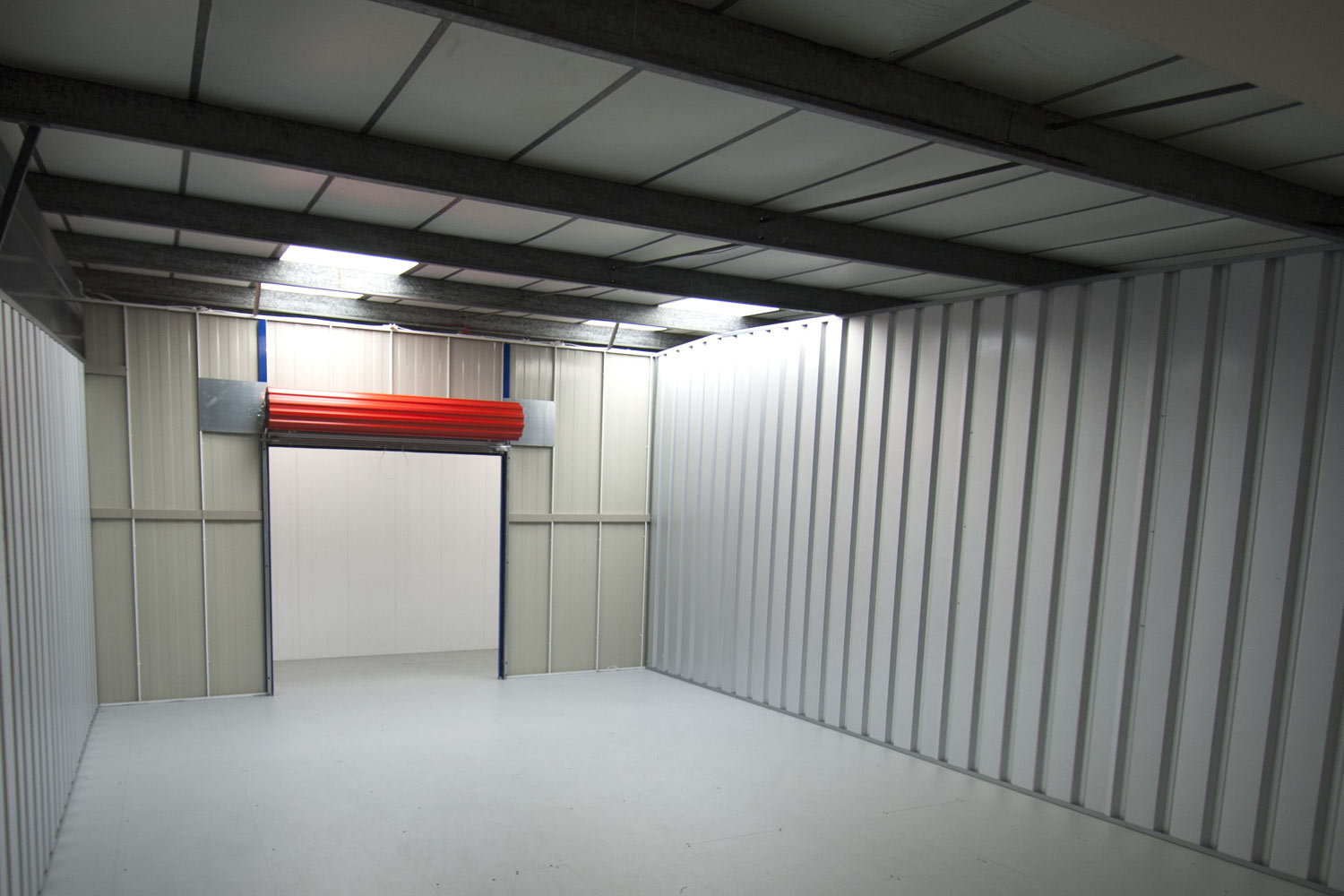When exposed to the elements, all masonry is susceptible to discolouration, biological soiling, staining and weathering. Over time a building begins to deteriorate, depreciating architectural aesthetics, structure and stability, as well as the overall value of the building. However there are many techniques available enabling a building to be restored to its former condition and many industry professionals available to offer their services and advice comprar viagra sin receta medica.
The Causes of Discolouration and Weathering
Surface discolouration on exposed brick and masonry can be the result of three main factors:
1. Airborne particles from pollutants, salts and other materials which form a hard black crust on limestone and other brickwork.
2. Over time a building becomes increasingly susceptible to colonisation from algae, fungi and lichens. These can form thick, black, yellow, white and purple crusts which are particularly difficult to displace.
3. Dark coloured minerals such as iron or manganese, which are naturally occurring in sandstones and other masonry, dissipate over the years. This can result in the external surface becoming stained or tinted.
All forms of masonry are relatively fragile and susceptible to weathering. Over time water, wind and pollutants can cause masonry to erode and slowly crumble away. Organic growth on stonework and acid rain are factors which can hasten natural weathering processes.
Modern Restoration Techniques
Repair
Minor and major masonry repair is often necessary when buildings have been seriously damaged by the long term effects of weathering and pollution. There is no standard procedure and it is essential that any repairs carried out on the masonry are compatible with the original architecture both aesthetically and structurally. For long term and effective results, it is often necessary to employ highly skilled craftsmen with experience in masonry restoration, which can be very expensive. These costs can be avoided by constantly maintaining the brickwork of a building. Inexpensive procedures such as maintaining and repairing the pointing in brickwork, will go a long way to increasing the longevity of any stone structure.
Cleaning
One of the quickest and cheapest methods available when implementing effective Masonry Restoration is to hire a specialised stone and masonry contractor. Aggressive and now outdated techniques of masonry cleaning using intensive pressure water washing, dry and wet grit blasting and mechanical brushing, have been known to cause lasting and irreparable damage to both the exterior and the structure of a building. However, thanks to the latest technology, natural stone cleaning can be inexpensive and fast, without inflicting lasting damage upon stonework.
Rather than using water, chemicals or detergent, modern processes project fine powders into the stone at a low pressure. The cleaning process can be adapted to remove soot and organic crusts from a range of surfaces such as limestone, sandstone, granite, marble, brick, concrete aggregate, stone, slate and stucco. There is no need for expensive scaffolding and the cleaning process can take place whilst the building is still in use. In the last decade, natural stone cleaning has become an inexpensive, sustainable and non-detrimental way of improving the appearance and increasing the value of modern and historic stone buildings.





